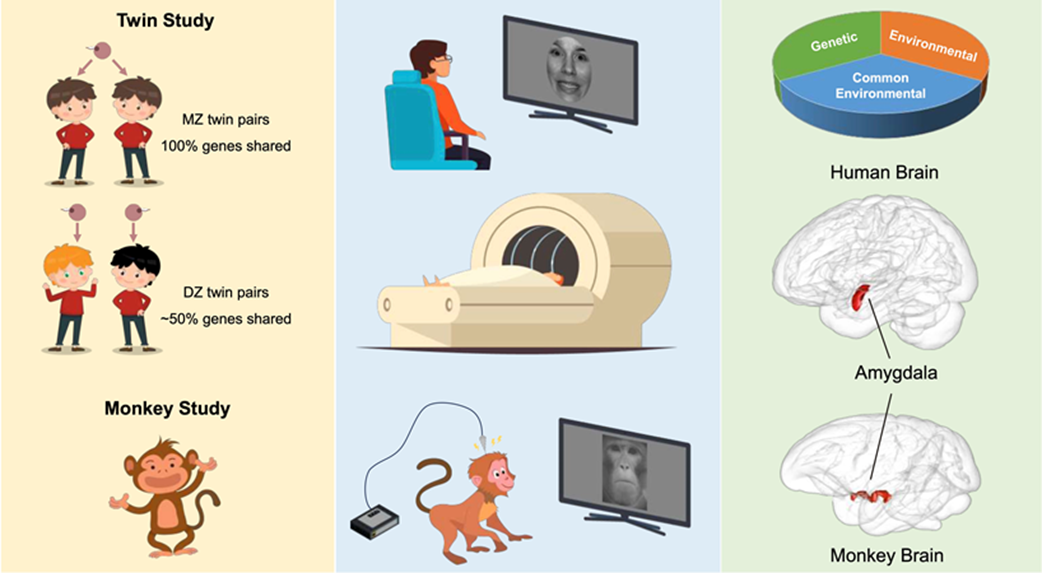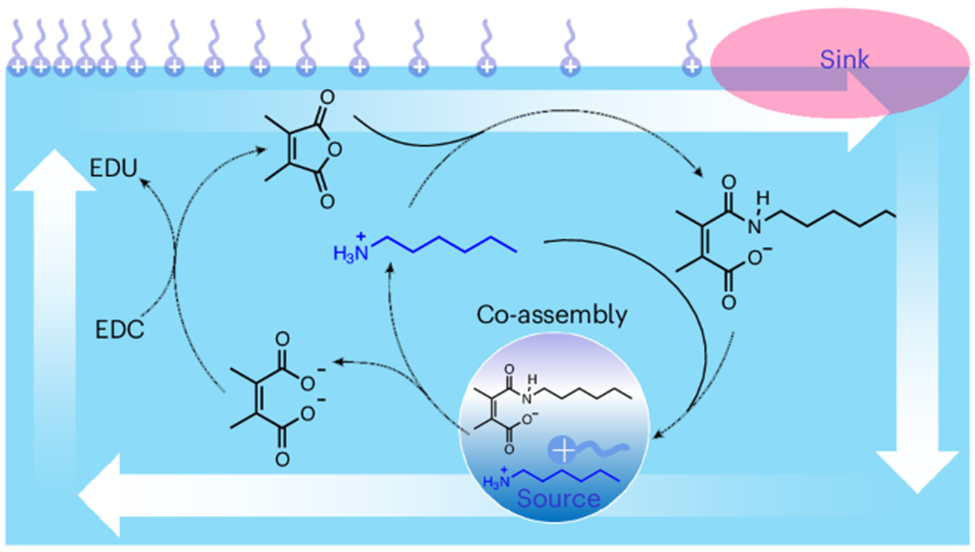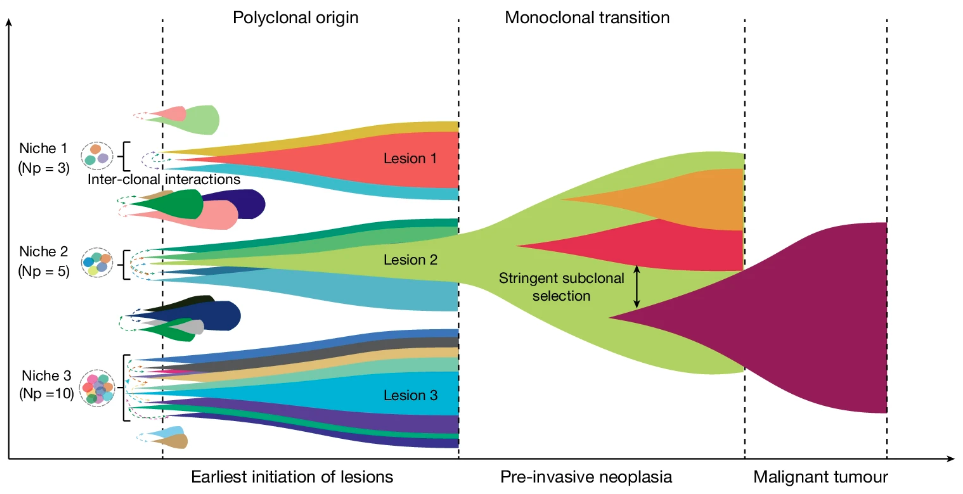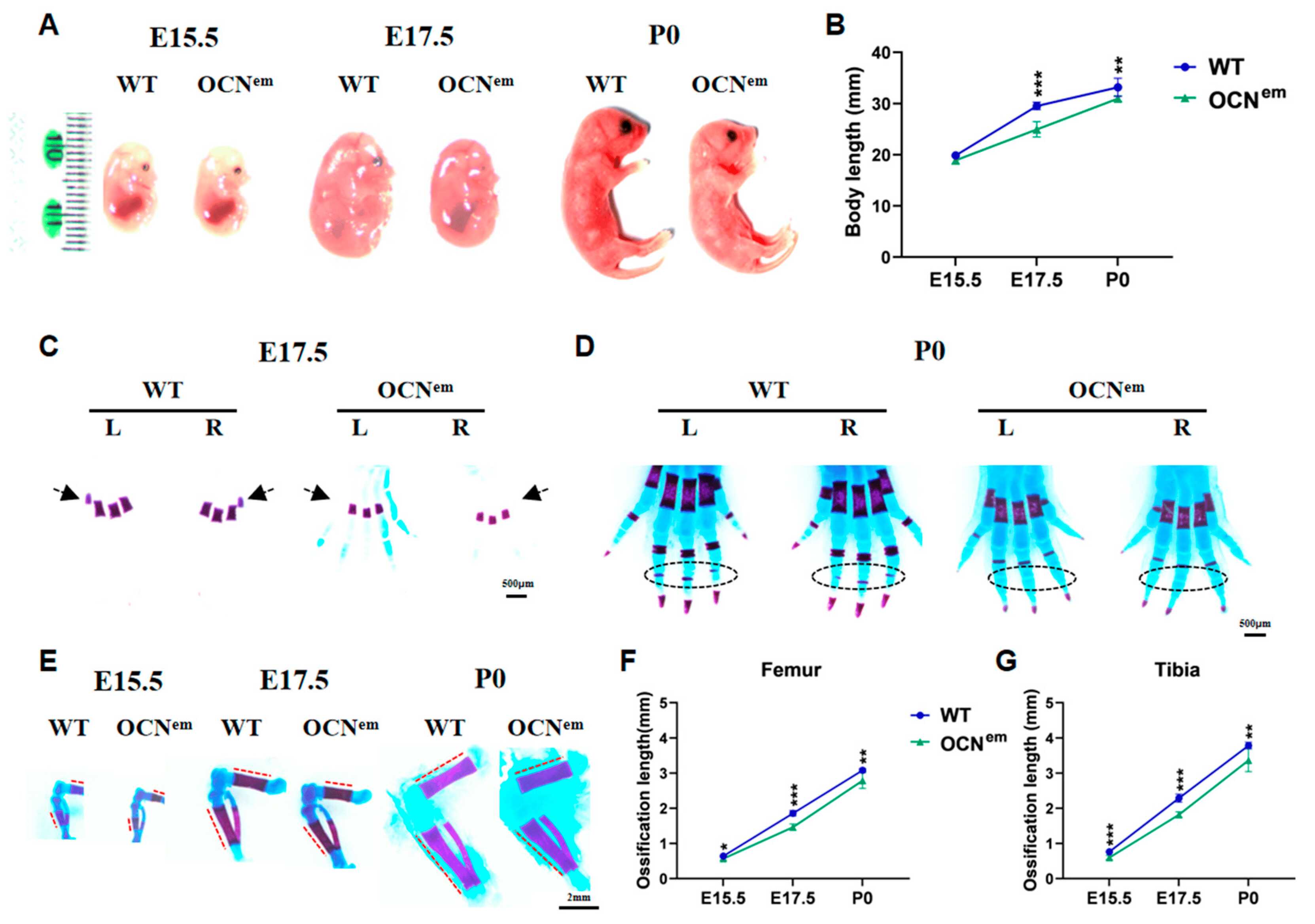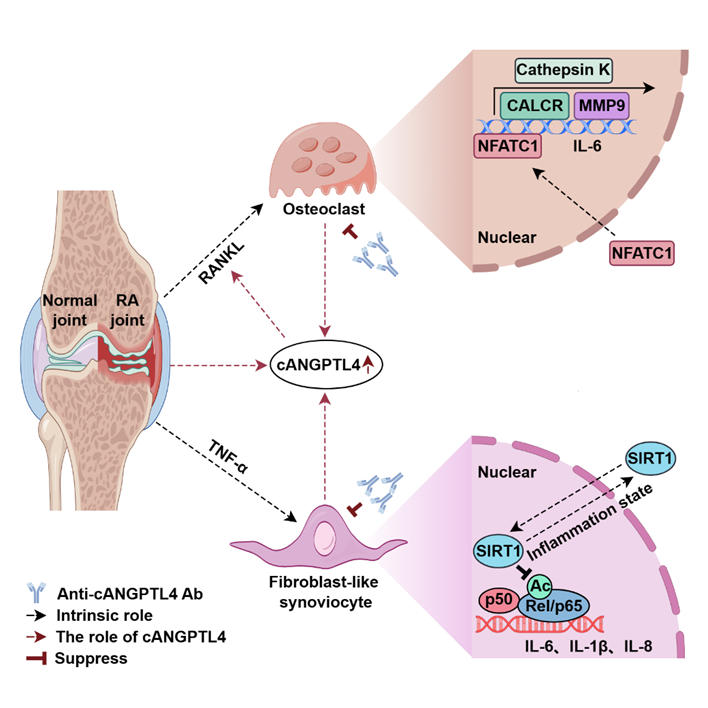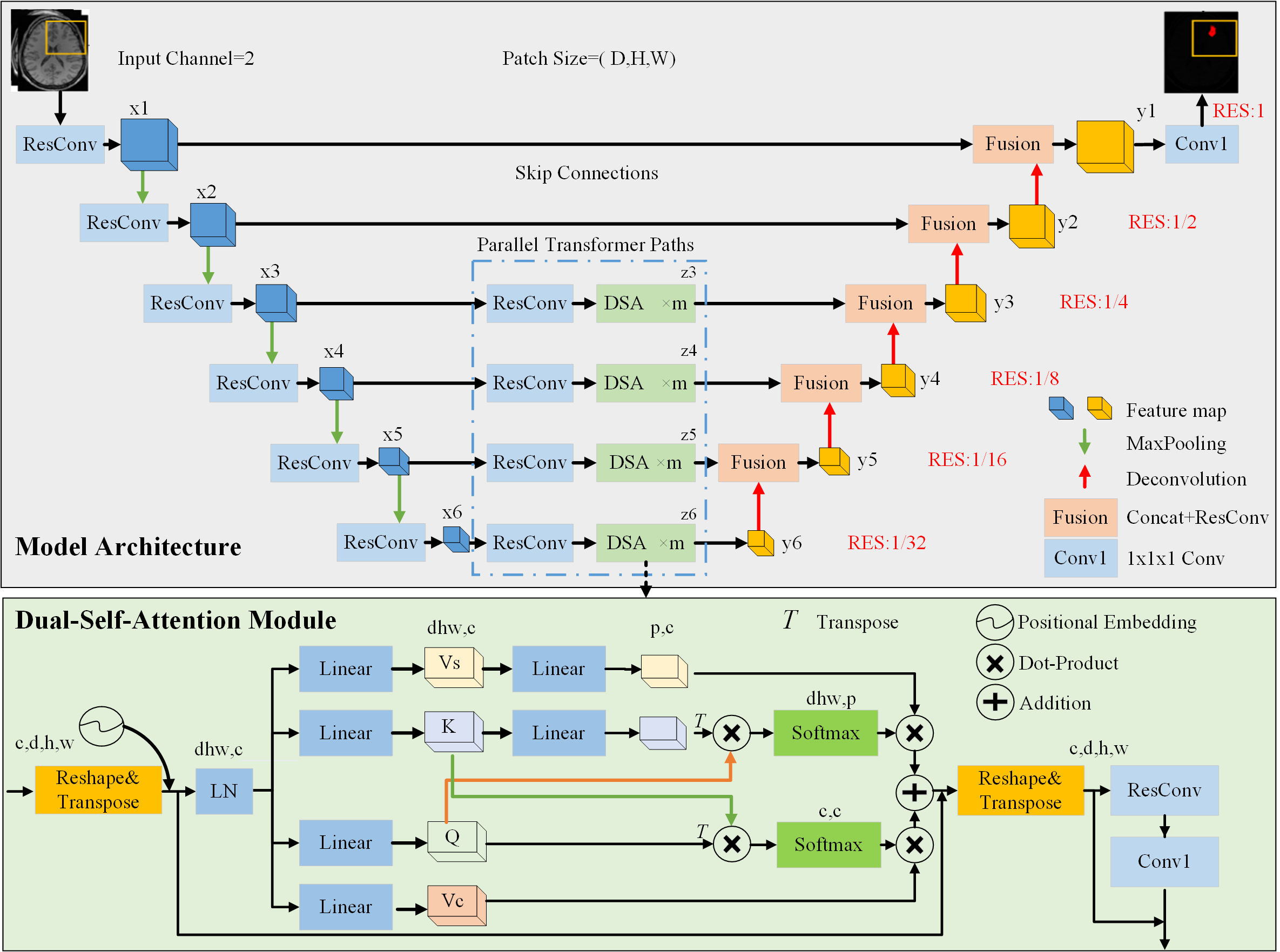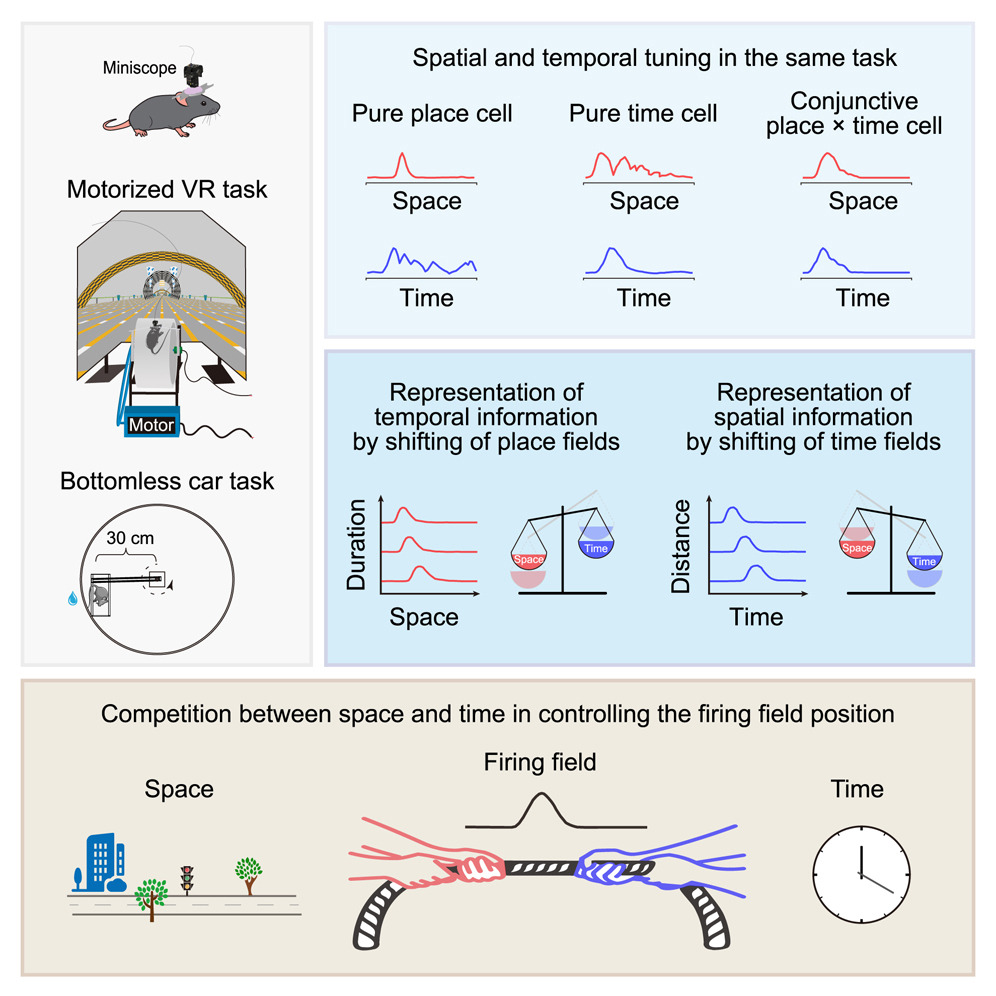
SIAT Research
-
Nov 14, 2024New Study Uncovers Origins and Functional Development of Primate Emotion BrainThe study provides insights into the genetic and neural bases of facial emotion recognition in humans and monkeys. Recently, researchers from the Institute of Psychology (IP) of the Chinese Academy of Sciences and the Shenzhen Institute of Advanced Technology (SIAT) of the Chinese Academy of Sciences, have reve...
-
Nov 11, 2024Researchers Develop Dissipative Droplet Systems Capable of Chemotactic MovementIn this system, chemical fuels drive the formation of amide bonds at the molecular level, while at the nanoscale, they promote the creation of high-energy active droplets. On the macroscopic scale,... Life maintains its structures and functions through energy consumption, operating far from equilibrium. Dissipative chemical processes, due to their potential for far-from-equilibrium properties an...
-
Nov 06, 2024New Study Reveals Colorectal Tumors Originate from Multiple CellsResearchers demonstrate a new model of early evolution in the transition of tumors from polyclonal to monoclonal, and elucidated the mechanisms of intercellular communication and interaction underl... Recently, researchers led by Prof. HU Zheng from the Shenzhen Institutes of Advanced Technology (SIAT) of Chinese Academy of Sciences, along with their collaborators, demonstrated a new model of ea...
-
Oct 31, 2024Researchers Discover Novel Role of Osteocalcin on Soft Bone DevelopmentThis study may open new avenues for future research and potential therapeutic interventions targeting OCN in conditions with abnormal cartilage diseases. Researchers led by Prof. REN Peigen from the Shenzhen Institutes of Advanced Technology (SIAT) of Chinese Academy of Sciences, along with their collaborators, have discovered that the well-known bo...
-
Oct 23, 2024Researchers Reveal Novel Therapeutic Approach for Rheumatoid ArthritisThis work not only identifies a potential valuable biomarker for monitoring the progression of RA but also offers a promising approach for its effective treatment. Rheumatoid arthritis (RA) is the most common form of chronic inflammatory arthritis, characterized by synovitis and progressive destruction of bone and cartilage in the affected joints. Conventiona...
-
Sep 30, 2024Researchers Develop Vision-Language Foundation Model for Enhancing Medical DiagnosticsResearchers develop chest X-ray vision-language foundation model, MaCo, reducing the dependency on annotations while improving both clinical efficiency and diagnostic accuracy. A research team led by Prof. WANG Shanshan at the Shenzhen Institute of Advanced Technology (SIAT) of the Chinese Academy of Sciences, together with collaborators, has developed a chest X-ray visio...
-
Sep 25, 2024Novel Model for Identifying Focal Cortical Dysplasia Lesion from MR images“As far as we know, this is the first study to apply a transformer-based model for the FCD lesion segmentation”, said Dr. XU, “our study promises to be a valuable tool for medical practitioners,... Epilepsy is a neurological condition marked by epileptic seizures. Focal cortical dysplasia (FCD) is a leading cause of drug-resistant epilepsy. Surgical removal of FCD lesions is the most effectiv...
-
Sep 13, 2024Researchers Reveal Competition-integration Mechanism of Space-time Encoding in Hippocampal NeuronsIn this study, researchers reported a competition-integration mechanism of space-time encoding in individual hippocampal neurons, providing an essential neural basis for understanding episodic memo... Recently, a collaborative research team led by Prof. WANG Cheng from the Shenzhen Institute of Advanced Technology (SIAT) of the Chinese Academy of Sciences, and assistant Prof. CHEN Xiaojing from ...
